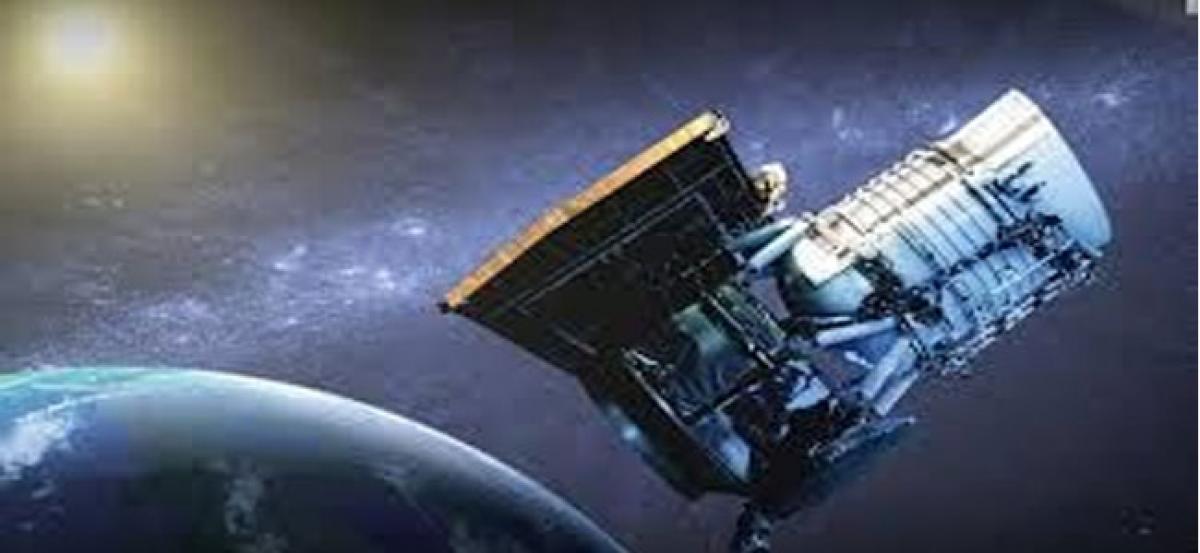Live
- Hyderabad fastest growing city among 6 metros
- MyVoice: Views of our readers 20th November 2024
- Tamil Nadu, Manipur enter final rounds
- Anupama enters 2nd round; Sumeet-Sikki also win
- Stage set for Mahayuti-MVA 'Maha' yudh today
- India beat Japan 2-0, to face China in final
- Space X launches ISRO's communication satellite
- Sensex, Nifty rebound on value buying
- Eatala dares Revanth for debate on Cong 6Gs
- Modi strengthens global ties at Rio de Janeiro
Just In

After an updated version of the SpaceX Falcon 9 rocket lifted off from Florida\'s Cape Canaveral carrying Bangladesh\'s first communications satellite into orbit, its Founder and CEO Elon Musk on Sunday said his company is set for over 300 missions in five years.
San Francisco: After an updated version of the SpaceX Falcon 9 rocket lifted off from Florida's Cape Canaveral carrying Bangladesh's first communications satellite into orbit, its Founder and CEO Elon Musk on Sunday said his company is set for over 300 missions in five years.
The "Block 5" booster, the final substantial upgrade to SpaceX's Falcon 9 launch vehicle, was launched from NASA's Kennedy Space Centre on its maiden flight on Friday.The rocket's first stage was successfully recovered, landing on the "Of Course I Still Love You" offshore droneship, about eight minutes after the launch, at an unmanned platform vessel in the Pacific Ocean.
"SpaceX will probably build 30 to 40 rocket cores for 300 missions over 5 years. Then the Big Falcon Rocket (BFR) takes over & Falcon retires. Goal of BFR is to enable anyone to move to moon, Mars & eventually outer planets," Musk tweeted on Sunday.
The "Block-5" booster is designed to be capable of 10 or more flights with very limited refurbishment as SpaceX continues to strive for rapid reusability and extremely high reliability,"Rate at which things are getting more bizarre appears to be increasing. In the future, it will seem bizarre that we used to crash rockets into the ocean instead of reusing them," Musk added.
Falcon 9 rocket, aiming to bring astronauts to the International Space Station (ISS) in the future, came with many design changes to improve its reusability and reliability. Those changes may make engineers easier to refurbish its first stages for more flights.
The new rocket has improved its helium tanks submerged in liquid oxygen propellant tanks in the second stage. The helium tanks were ruptured in a pre-launch test on September 1, 2016, causing an explosion.

© 2024 Hyderabad Media House Limited/The Hans India. All rights reserved. Powered by hocalwire.com







